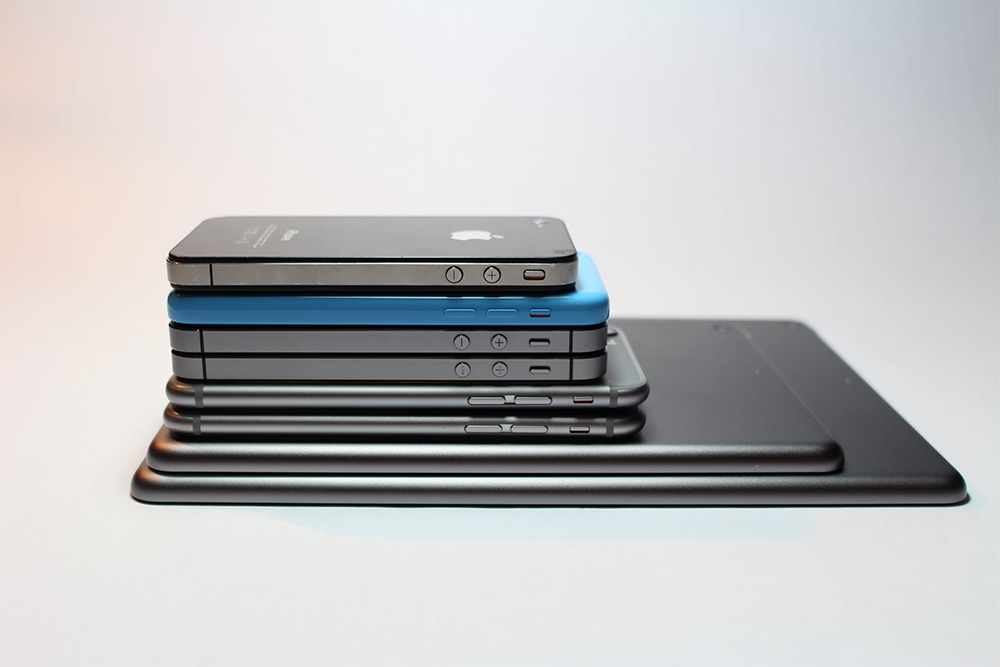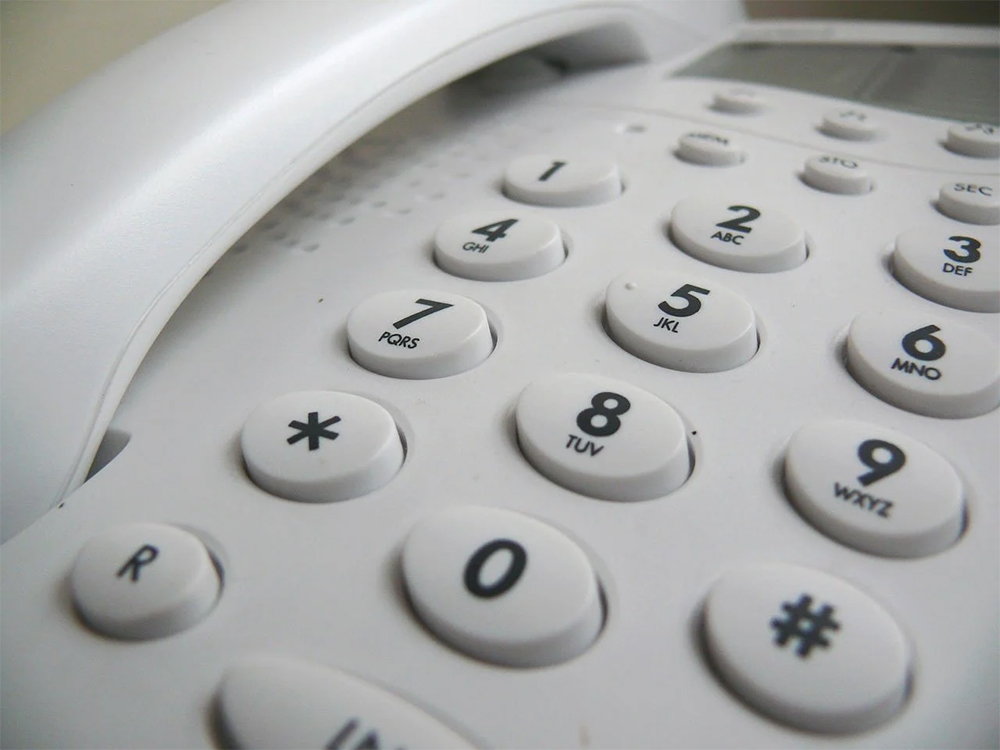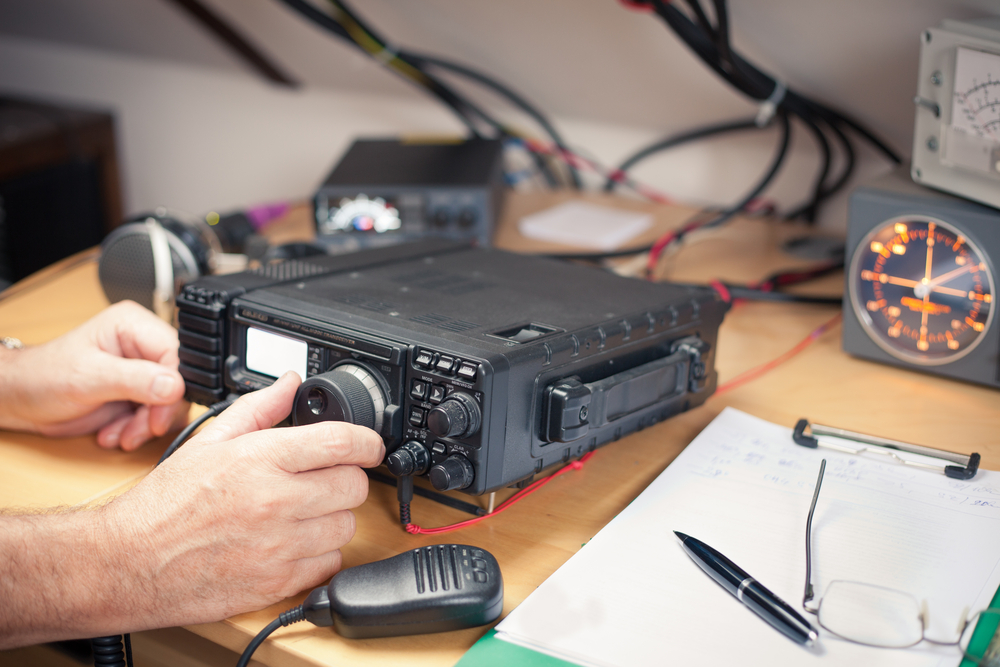What are your methods of communication when SHTF? When you can’t rely on a cellphone, you need alternative ways to send a message, especially if your survival depends on it.
Methods of Communication When SHTF
Communications are so dominated by our cellphones that we hardly give it a second thought. When we need to make a call, send a text, have a meeting or send an email, we do it with our phones!
We have all felt that emptiness when we leave our phone at home by accident or that fear when the phone signal is affected by a disaster, and you realize you have been cut off from everyone and everything.
So, how do we combat this? How do secure four effective ways of communications when SHTF:
PACE
Are you familiar with PACE? It is a highly effective concept that can be used to sure up all your preps. It lends itself to communications preps well. The concept is a tiered approach to assure you have multiple options for critical preps.
- Primary
- Alternate
- Contingency
- Emergency
This is about the best way to handle all your preps. From a comms standpoint, it is great but imagine you have a garden and that is your primary food source, if you don’t have the rest of PACE and your garden goes belly up, then you and yours go hungry!
In terms of communications, you want to have several ways to communicate so you can reach your loved ones no matter what the situation.
1. Primary

Your primary arm of communications is most certainly the cellphone. You are always going to reach for the cellphone first. While we often curse our phones and are miserable with what they can do to us, we still must be honest about their efficacy from a comms and entertainment standpoint.
Because there is nothing that compares to a cellphone, everyone who has one is going to call it their primary source of communications.
2. Alternate

Things get a little more interesting when you talk about alternate tiers of communications. One of the best alternate comms for the average person is the good old landline. Landlines will work even when you are dealing with a cell phone service outage.
You might also consider a prepaid cell that is on a different network than your primary phone. One network could be down while another is up, and your “burner” phone could give you the comms capabilities that you are looking for.
3. Contingency
View this post on Instagram
Comms Offgrid, having alternative means of communication is key. Here's our take on using #satellitephones
1. If cell towers are down or signal is weak, a #satphone will still work.
2. If there is an emergency a sat phone #sos or #geos alert button will send help to your coordinates.
3. If internet, wifi, and cellular is out in local area, sat phone can still call or text others outside the effected area; or call and text other sat phones even in the affected area.
4. A Satellite Hotspot device, such as #IridiumGo, will create a wifi #hotspot so that you can use your laptop or smartphone to view websites & collect intel/news to find out what is happening. In fact you can send emails or watch videos with it too but the speed is turtle slow. We are using @satmodo devices and will provide reviews and how-to-info using #satellite technology for #shtf. #comms #communication #bugout #smartphone #teotwawki #preparedness #planning #thelandbysuperesse
By this point, we are whittling down the options that people must communicate in an SHTF situation. We have now moved from the most commonly used options to rarer methods of communications but that doesn’t mean they aren’t effective.
If you have the money to support it, you might look into using a satellite phone. These cost some money, but they also will work when cellphone towers are down. That is a big perk. If you need to get a hold of your loved ones you will be glad you have it.
Another option, depending on distance and terrain, is investing in long-range two-way radios. These are not very effective if you are a great distance makes radio signal ineffective, but it could be an option that works.
Handheld HAM radios could be effective, too! Amateur radio gives you the ability to cover greater distances and might be just what you are after, but you don’t wanna tote a larger base radio around with you.
4. Emergency

Learning how to use HAM radio is certainly an important step when it comes to prepping. The use of HAM radio is not just some “prepper” thing that will only work in an apocalypse.
Consider the fact that state and local governments call on HAM radio operators and groups to assist in the management of natural disasters like hurricanes, wildfires, and tornadoes. This form of communication is so wildly effective that and reliable that it is literally part of the emergency plan for state governments.
Buying a HAM radio can be a bit of an investment but you will come face to face with the real fear of being ALONE in a disaster. Do not be alone in a disaster.
Prepping for Communications When SHTF
The riots have probably helped you understand how quickly you can feel on an island. How being afraid and alone immediately puts you in a terrible mind frame. The best way to clear that up is to communicate with someone outside of your immediate area and get information.
A few nights ago, we had riots close by and I immediately reached out to a few neighbors. These are people I communicate with about these types of things when disaster strikes. I could get a hold of them with my cell and if things got worse, we would communicate through two-way radio.
Don’t discount a PACE system for communications and once you dominate this aspect of prepping, start applying PACE to other aspects of your preparedness plans.
Do you have a communication plan in place already? Share with us some tips in the comments section!
Up Next:
- Disaster Communication For Preppers | Preparedness
- Emergency Radio Communication Plan For Disasters
- Ham Radio Training: The Serious Survivalist’s Most Critical “Life-Line”


